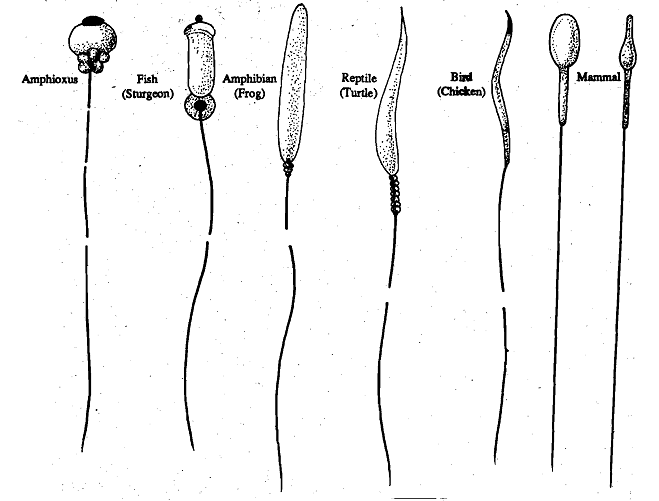
Structure of the sperm, Structure of the Sperm The spermatozoa in different animal, Biology
In most species, there are just two types of gamete, and they are radically different. The egg is among the largest cells in an organism, while the sperm (spermatozoon, plural spermatozoa) is often the smallest. The egg and the sperm are optimized in opposite ways for the propagation of the genes they carry. The egg is nonmotile and aids the survival of the maternal genes by providing large.
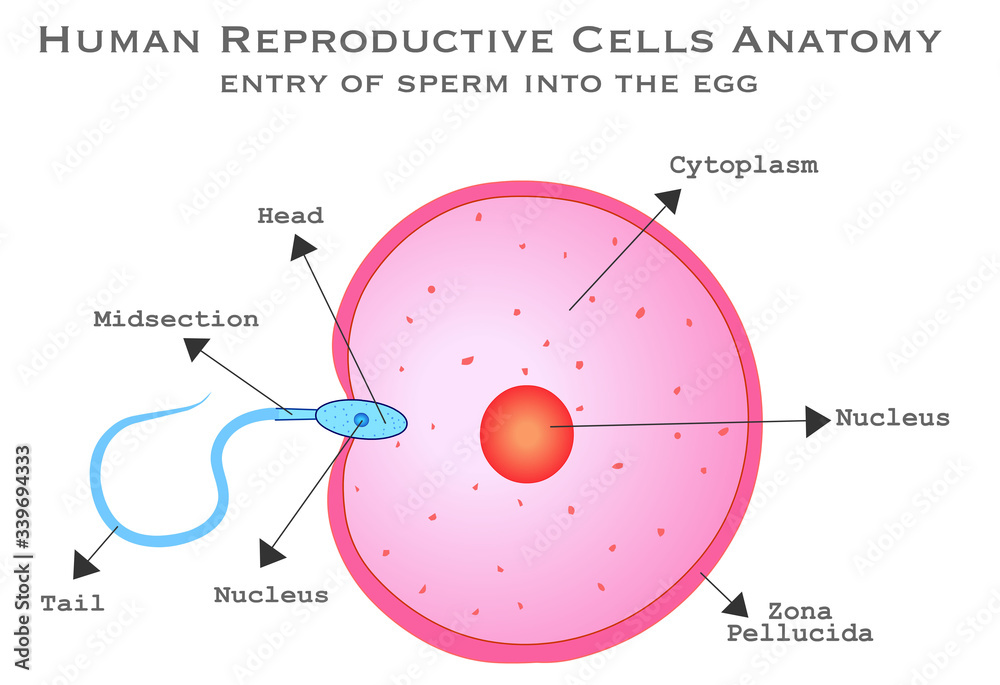
Human male female reproductive cells diagram. Fertilizer. Sperm cell entry into the ovum cell
Short answer annotated diagram of sperm cell: A sperm cell has three parts - the head, midpiece, and tail. The head contains the genetic information, while the midpiece produces energy for movement and the tail propels it forward. The acrosome at the tip of the head contains enzymes that help penetrate an egg during fertilization. […]
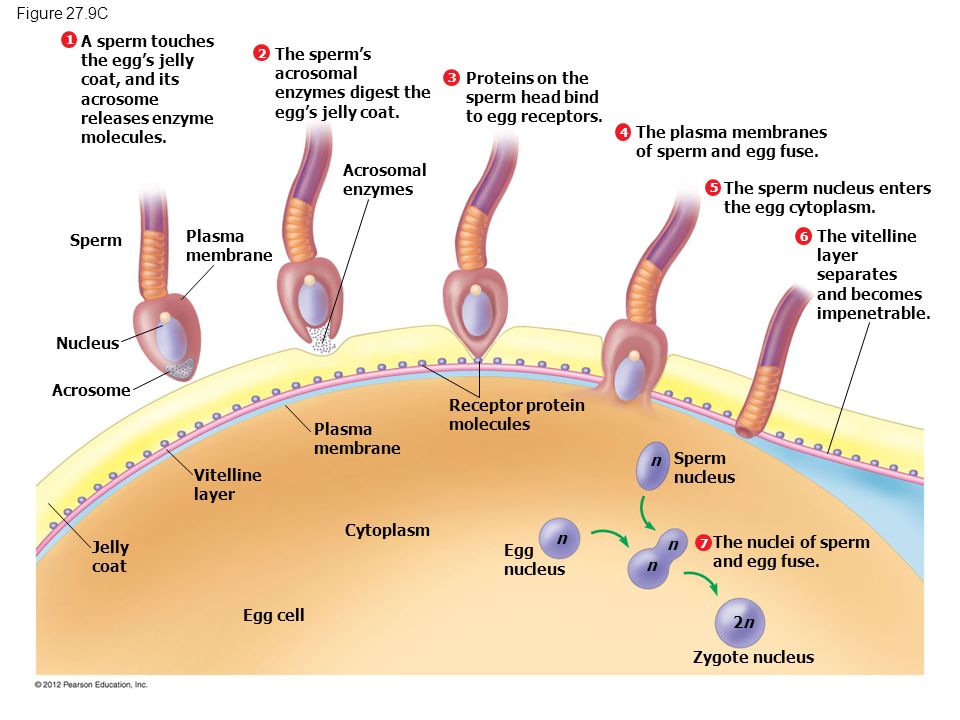
How is the body of a sperm suited for fertilization of an egg? Socratic
Sperm is the male reproductive cell or gamete. The term "gamete" implies that the cell is half of a whole. When a sperm combines with a female gamete, or egg, it results in a human embryo.
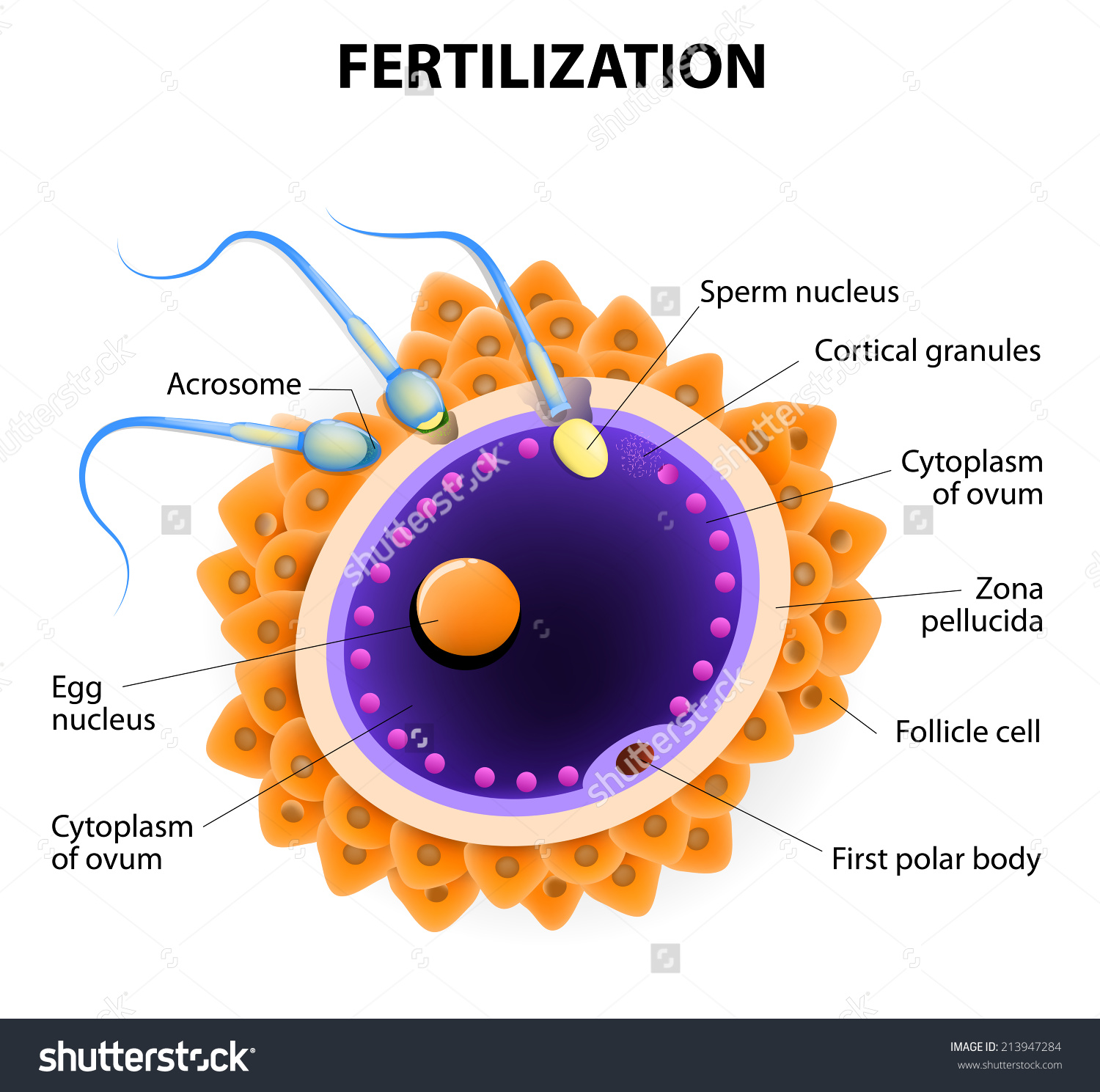
What is the process of sperm and egg combining called? Socratic
It carries and stores the sperm cells that your testicles create. The epididymis also brings the sperm to maturity — the sperm that emerge from the testicles are immature and incapable of fertilization. During sexual arousal, muscle contractions force the sperm into the vas deferens. What are the internal parts of the male reproductive system?

Draw the diagram of human sperm and label its parts. Write a few lines about it.
The following is an overview of the male reproductive anatomy: Scrotum. The bag of skin that holds and helps to protect the testicles. The testicles make sperm and, to do this, the temperature of the testicles needs to be cooler than the inside of the body. This is why the scrotum is located outside of the body. Click image to enlarge.
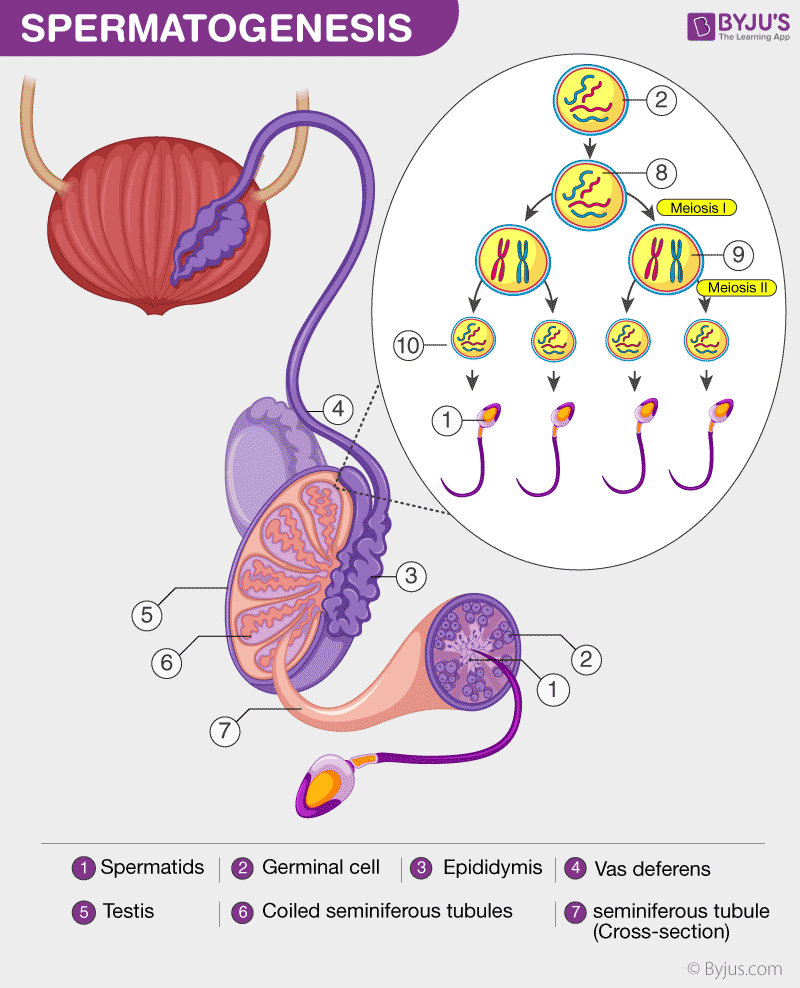
Spermatogenesis The Purpose and Process of Spermatogenesis
Diagram of a human sperm cell Sperm ( pl.: sperm or sperms) is the male reproductive cell, or gamete, in anisogamous forms of sexual reproduction (forms in which there is a larger, female reproductive cell and a smaller, male one).

The Male and Female Reproductive Systems Berne and Levy Physiology, 6th ed
A spermatozoon, in plural spermatozoa, or sperm cell is the male reproductive cell that is produced in the man´s testicles in a process called spermatogenesis. The sperm cell´s function is to enable sexual reproduction through its union with the female egg during fertilization.

Diagram and label sperm cell Diagram Quizlet
Sperm cells are gametes (sex cells) that are produced in the testicular organ (gonad) of male human beings and animals. Like the female gamete (oocyte), sperm cells carry a total of 23 chromosomes that are a result of a process known as meiosis. In both animals and human beings, among many other organisms, these cells are involved in the sexual.
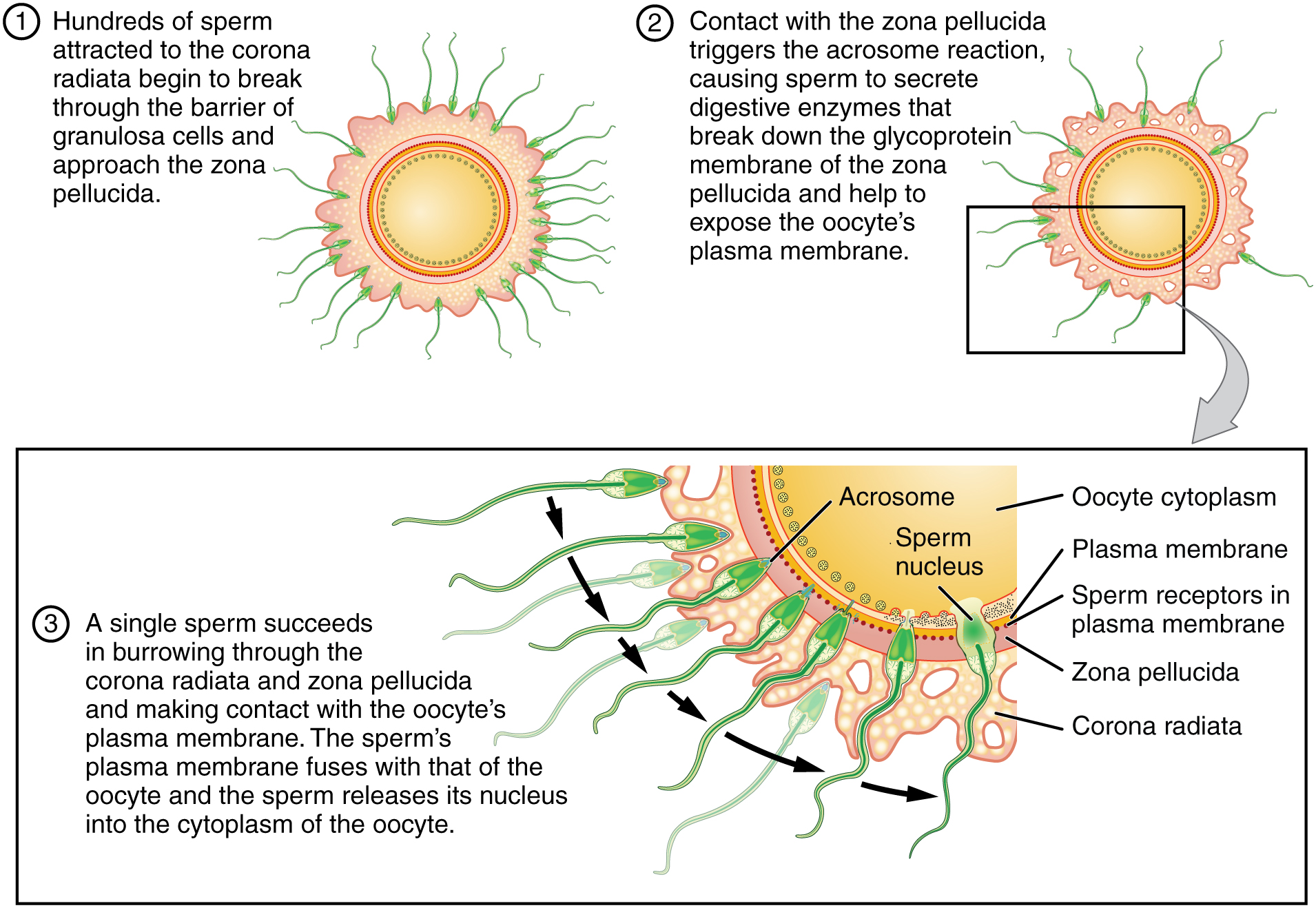
Fertilization · Anatomy and Physiology
Figure 22.3. 2: Male Reproductive System The structures of the male reproductive system include the testes, the epididymis, the penis, and the ducts and glands that produce and carry semen. Sperm exit the scrotum through the ductus deferens, which is bundled in the spermatic cord. The seminal vesicles and prostate gland add fluids to the sperm.
:max_bytes(150000):strip_icc()/azoospermia-overview-4178823-5c5db5ffc9e77c00010a486a.png)
What Your Semen Says About Your Health
H = diagram of the sperm flagellum showing the orientation of the sections shown in F and G; the location of the linear arrangement of CatSper is shown in red: the domains run along each side of the longitudinal columns of the sperm flagellum, ODF outer dense fibre All images are reproduced from Chung et al. with permission.

Signaling mechanisms in mammalian sperm motility†
A sperm cell attempting to penetrate an egg (ovum) to fertilize it. The head of the sperm varies in shape for each animal species. In humans it is flattened and almond-shaped, four to five micrometres long and two to three micrometres wide (there are about 25,000 micrometres in an inch).

Diagram of the male sex cells sperm Royalty Free Vector
This labelled diagram shows the structure of a sperm cell in detail, which has the following parts: Head With its spheric shape, it consists of a large nucleus, which at the same time contains an acrosome. The nucleus contains the genetic information and 23 chromosomes.
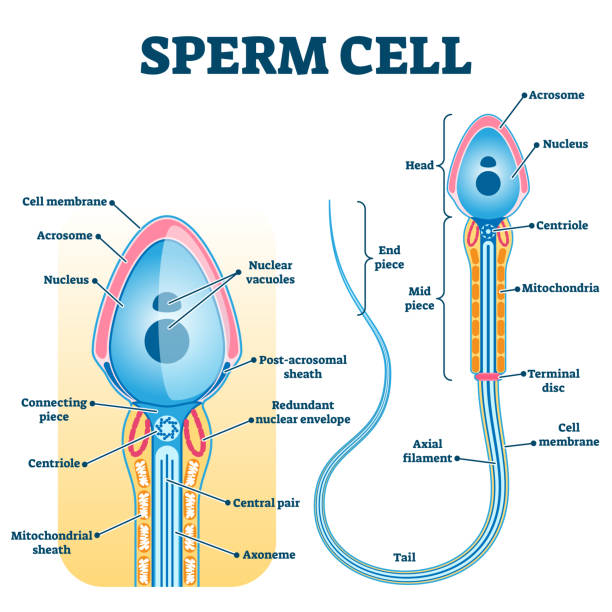
Labeled Sperm Cell Illustrations, RoyaltyFree Vector Graphics & Clip Art iStock
Learn for free about math, art, computer programming, economics, physics, chemistry, biology, medicine, finance, history, and more. Khan Academy is a nonprofit with the mission of providing a free, world-class education for anyone, anywhere.
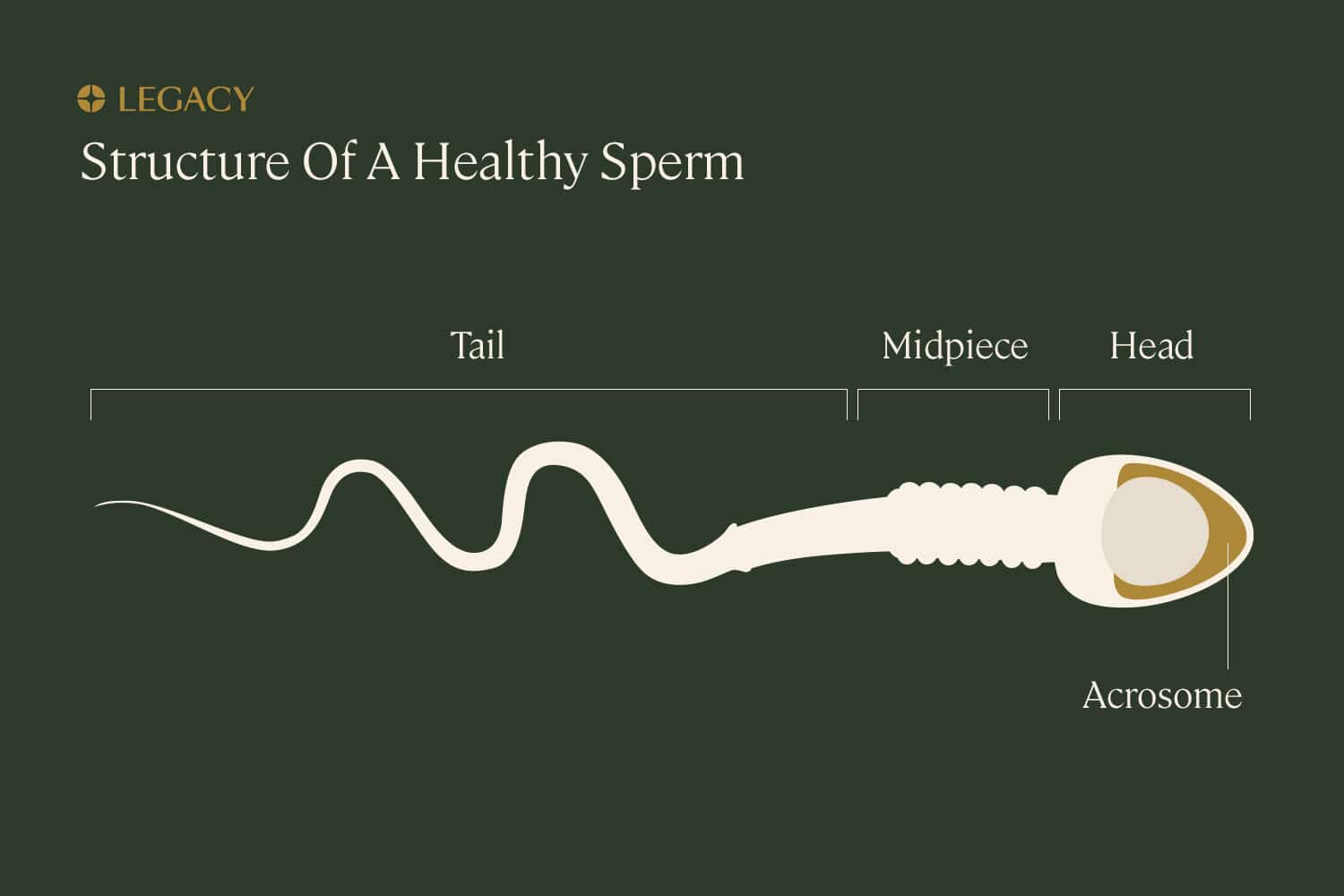
Guide to Sperm Testing & Semen Analysis Legacy
The male reproductive system is made up of external organs (like the penis and scrotum) and internal organs (like the testes, seminal vesicles, and epididymis) that play a role in human reproduction, sexual development, sexual function, and urination. Many conditions can impair the function of the male reproductive system.

Human sperm cell anatomy Royalty Free Vector Image
A mature sperm cell has several structures that help it reach and penetrate an egg. These are labeled in the drawing of a sperm shown in Figure \(\PageIndex{2}\). The head is the part of the sperm that contains the nucleus — and not much else. The nucleus, in turn, contains tightly coiled DNA that is the male parent's contribution to the.

The Long, Winding Tale of Sperm Science Science Smithsonian
Human Sperm: Detailed and labeled diagram of a human spermatozoa. Fertility Factors. Sperm quantity and quality are the main parameters in semen quality, a measure of the ability of semen to accomplish fertilization. The genetic quality of sperm, as well as its volume and motility, all typically decrease with age..